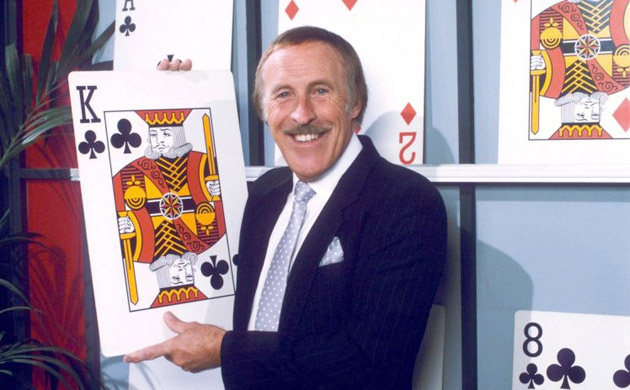Yesterday we received a lecture from Norman Alm, who had been involved with the
CIRCA project. The project consisted of the development of an interactive device, which could promote communication between carers and family members with elderly people with dementia.
The first insight was that they had chosen the project from a strategic perspective. They were aware of the ageing population, and increase in the number of elderly peoplein society, and so considered developing a project that dealt with computing and the elderly. I feel this would have given them leverage in their proposal as, as he mentioned, there's a lot of competition. If you can present something that covers new ground, it will catch people's attention, and give them reason to be interested.
I think Norman is the first speaker we have had that has mentioned the negative side of multidisciplinary teams. Apart from the usual reference to language barriers, he simply said that "you can't work with people you don't like". This is true, it can be difficult to work productively with someone you don't get on with. I've had other experiences in the past, and it doesn't have to be in a project environment, where I've not worked well with someone. It doesn't necessarily mean that you don't get on with them either, you might just not "click". Inevitably you will work better with someone that you are friends with, but I feel it is important to be able to work with people you are not as comfortable with as well. It's fairly likely that I'll have to work with a variety of people in the future, and not everyone is going to get on all the time, but as long as people are clear on the end goal, then surely it is a matter of finding a way of getting past any differences. I liked what he said about seeing team members "as a person, rather than a representation of their discipline" as people will always come from different backgrounds and have different motivations.
Another point that I will need to incorporate in projects is this concept of convincing people. This could be as Norman described by knowing the field e.g. the background and competitors, or by being able to argue the case. It seems that as ethnographers we will often have to convince people of our validity, and this will only be accomplished through knowing the area and being able to back ourselves up with evidence.
Lastly I thought a bit further about ideas for my 3rd semester project whilst Norman was talking. When he described how the people were communicating through the device rather than face to face, I thought about how this could be incorporated into insights for communication design. The areas I covered with joint attention last year could also be relevant, and the notion of collaboration in space as well. This is still a bit vague in my mind at them moment, but I was seeing images of people looking at screens in stations etc.
In the afternoon we also had a session with Kirsty Miller on CVs. I found this quite informative in the end, and realised the need to design it for the specific audience. I'm probably guilty myself of having a CV which is fairly general, although I haven't had much experience in applying for a "real" job. I think the point she made about researching the employer was useful, and although I've considered this in the past, I think that it is important to get a sense of how they work, and if the place you are going to is actually somewhere that you would want to work. It also gave me more ideas for creating a website for myself, as I think I want to document the projects I have done at Uni better, as most of them at the moment are hidden away in folders.















